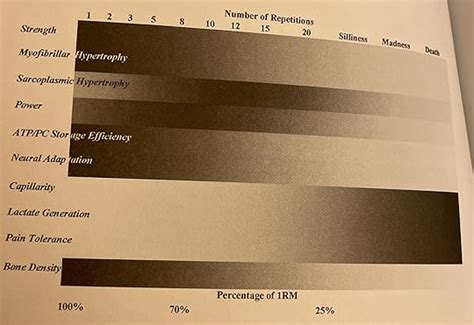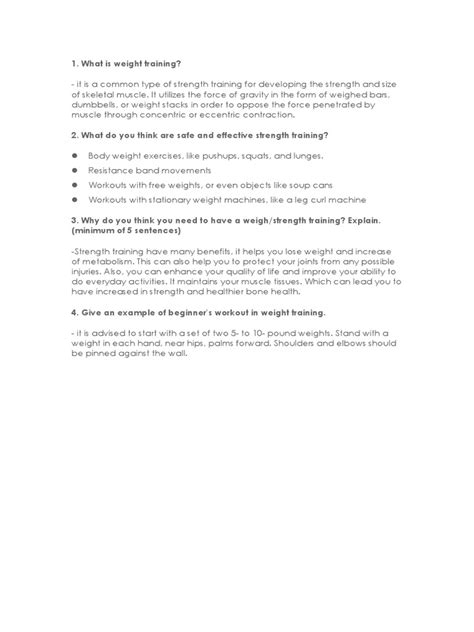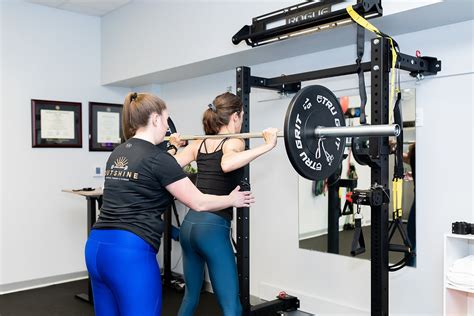What advanced programming shifts overcome stubborn strength plateaus for peak gains?

Introduction: The Inevitable Strength Plateau
Every dedicated lifter eventually faces the dreaded strength plateau. That moment when your numbers, despite consistent effort, simply refuse to budge. What once worked – adding 5 pounds to the bar each week – is no longer effective. This isn’t a sign of failure; it’s a natural adaptation by your body, signaling that it’s time to evolve your training approach. Overcoming these stubborn plateaus demands a departure from basic linear progression and an embrace of more advanced, nuanced programming shifts designed to shock your system into new growth and strength.

1. Beyond Linear: Embracing Advanced Periodization Models
While linear periodization (gradually increasing weight while decreasing reps over time) is effective for beginners, advanced lifters need more dynamic stimuli. Advanced periodization models introduce greater variability to prevent adaptation and continually challenge your body.
- Daily Undulating Periodization (DUP): Instead of changing intensity/volume weekly, DUP varies these parameters daily. For example, you might have a heavy strength day, a moderate hypertrophy day, and a light power day all within the same week for the same lift. This provides varied stimuli and allows for more frequent exposure to different rep ranges.
- Block Periodization: This involves focusing on specific training qualities (e.g., hypertrophy, strength, power) in distinct blocks, typically 3-6 weeks long. You build a foundation in one block before transitioning to the next, ultimately peaking for a specific goal or competition.
2. Strategic Volume and Intensity Manipulation
Simply adding more weight isn’t the only way to progress. Manipulating volume (total reps x sets) and intensity (load relative to 1RM) in intelligent ways can create potent new growth stimuli.
- High-Frequency Training: Instead of hitting a muscle group once or twice a week with high volume, spread your training over 3-5 sessions with lower volume per session. This increases practice and allows for more frequent protein synthesis.
- Density Training: Aim to complete more work (sets x reps) in the same amount of time, or the same amount of work in less time. This could involve reducing rest periods or using supersets/giant sets.
- Advanced Intensity Techniques: Incorporate techniques like cluster sets (short rest periods between reps in a set), rest-pause training (perform reps to failure, rest briefly, then do more reps), or drop sets (reducing weight immediately after failure to extend the set).

3. The Art of Auto-Regulation: RPE and RIR
Your body’s readiness can fluctuate daily due to sleep, stress, nutrition, and other factors. Auto-regulation, using tools like Rate of Perceived Exertion (RPE) or Reps In Reserve (RIR), allows you to adjust your training on the fly.
Instead of rigidly sticking to a prescribed weight, you select a weight that allows you to hit a certain RPE (e.g., a 7 out of 10 effort) or leave a certain number of RIR (e.g., 2 reps short of failure). This ensures you’re always training optimally for your current state, preventing overtraining on bad days and pushing harder on good days.

4. Deloading and Active Recovery for Supercompensation
Often overlooked, strategic recovery is paramount for overcoming plateaus. Continuous intense training without planned breaks leads to accumulated fatigue, hindering performance and adaptation.
Planned deloads (reducing volume and/or intensity significantly for a week) allow your body to recover, repair, and supercompensate, leading to new strength gains upon your return to heavier training. Incorporating active recovery sessions like light cardio, stretching, or foam rolling also aids in reducing soreness and improving blood flow.
5. Exercise Variation and Weak Point Specialization
Sticking to the exact same exercises indefinitely can lead to specific muscular and neural adaptations that eventually stall. Introducing variation and addressing individual weak points can unlock new strength.
- Exercise Variations: Swap your standard back squat for front squats, paused squats, or pin squats. Use incline bench press instead of flat bench, or overhead press instead of push press. These variations challenge stabilizing muscles and movement patterns in slightly different ways.
- Weak Point Specialization: Identify the ‘sticking point’ in your lifts or the weakest link in your kinetic chain. If your triceps are holding back your bench press, dedicate extra work to triceps isolation. If your upper back rounds in deadlifts, focus on strengthening your lats and erectors.

6. Rethinking Progressive Overload Beyond Just Weight
While adding weight is a primary form of progressive overload, it’s not the only one. When weight stalls, manipulate other variables to continue challenging your body:
- Increased Reps or Sets: If you can’t add weight, try to squeeze out an extra rep or add another set.
- Improved Technique: A perfectly executed rep with the same weight is harder and more effective than a sloppy one.
- Increased Time Under Tension (TUT): Slow down the eccentric (lowering) phase of an exercise or incorporate pauses at challenging points.
- Increased Range of Motion: If you’ve been cutting depth or range, work on performing the full, deepest movement.

Conclusion: Smart Training for Continuous Gains
Overcoming stubborn strength plateaus is a rite of passage for serious lifters. It signifies that you’ve pushed beyond the beginner phase and are ready for more sophisticated challenges. By implementing advanced programming shifts like varied periodization models, strategic intensity/volume manipulation, auto-regulation, planned deloads, exercise variation, and a broader understanding of progressive overload, you can continually provide your body with the novel stimuli it needs to adapt, grow stronger, and achieve peak gains. Experiment, be consistent, prioritize recovery, and trust the process – your next breakthrough awaits.









